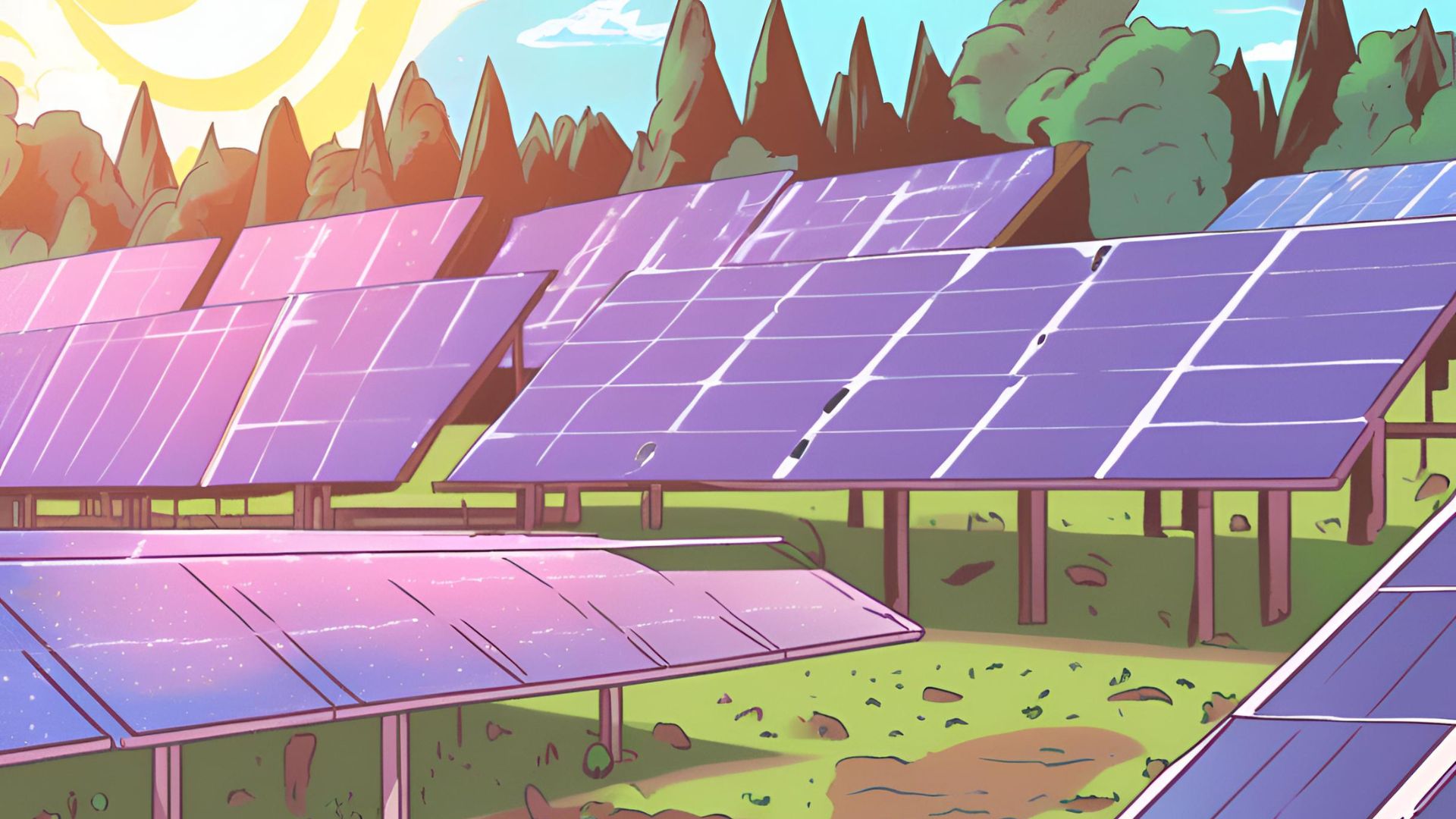There’s no other way to say it: This recent article from Stateline.org is fantastic—and makes the clear case why we need independent community solar here in Indiana.
This year, lawmakers in at least 10 states have put forward bills that would enable or expand community solar programs, driven in part by federal funding opportunities from the Inflation Reduction Act. Citing consumer choice and affordability, a growing number of Republican lawmakers have sponsored such proposals, including in seven of those states.
But some bills have stalled amid strong opposition from utilities, which have argued that community solar programs don’t account for costs such as billing overhead and distribution fees, which are passed on to non-subscribing ratepayers.
Stateline.org, May 2024, “Can’t install your own solar panels? Some areas let you join a community project.”
There are lots of reasons why monopoly utilities don’t like independent community solar laws that put power directly in the hands of local communities.
- Loss of Control and Profit: Monopoly utilities traditionally hold exclusive power over energy generation and distribution. Community solar disrupts this model, empowering individuals and communities to generate their own electricity. This decentralization reduces utilities’ control over the market and can lead to decreased profits.
- Reduced Revenue: When homeowners and businesses install rooftop solar or subscribe to community solar projects, they purchase less electricity from the utility. This can directly impact the utility’s bottom line.
- Perceived Threat to Reliability: Utilities sometimes express concerns that community solar projects could destabilize the grid. However, with proper planning and integration, these concerns can be addressed, and community solar can actually add to grid resilience.
- Challenges to Existing Business Model: The traditional utility model is based on building large, centralized power plants. Community solar is a decentralized model, requiring utilities to adapt their business practices and infrastructure. This transition can be perceived as costly and complicated.
“[Utilities] would rather have their monopoly on the grid, and they have their claws in the entire political ecosystem,” said Matt Hargarten, public affairs director with the Coalition for Community Solar.
Stateline.org, May 2024, “Can’t install your own solar panels? Some areas let you join a community project.”
In some cases, utilities will be supportive of community solar—but only if they’re in charge of it.
But advocates say such utility-run programs aren’t truly community solar, as they fail to reach the scale and cost savings of those offered by third-party developers.
“What’s important is creating a competitive market that allows for non-utility project developers,” said Maria McCoy, a researcher with the Institute for Local Self-Reliance, a nonprofit that seeks to empower local communities. “Subscribers should save money and not be paying a premium.”
Stateline.org, May 2024, “Can’t install your own solar panels? Some areas let you join a community project.”
Despite the clear advantages of community solar, Indiana currently lacks comprehensive legislation to enable and promote these programs. While some utilities may offer limited community solar options, these programs are often restricted and don’t meet the full potential of community solar.
That’s why Indiana needs independent community solar. Our shared vision is a statewide policy that supports:
- Community and other independent ownership of community solar
- Tangible savings for subscribers
- Competitive and transparent markets for community solar development
- Equitable access to the benefits of community solar for all Hoosiers
By enacting independent community solar legislation, Indiana can unlock the potential of this clean energy source and join other states that already are leading the way for their residents.

